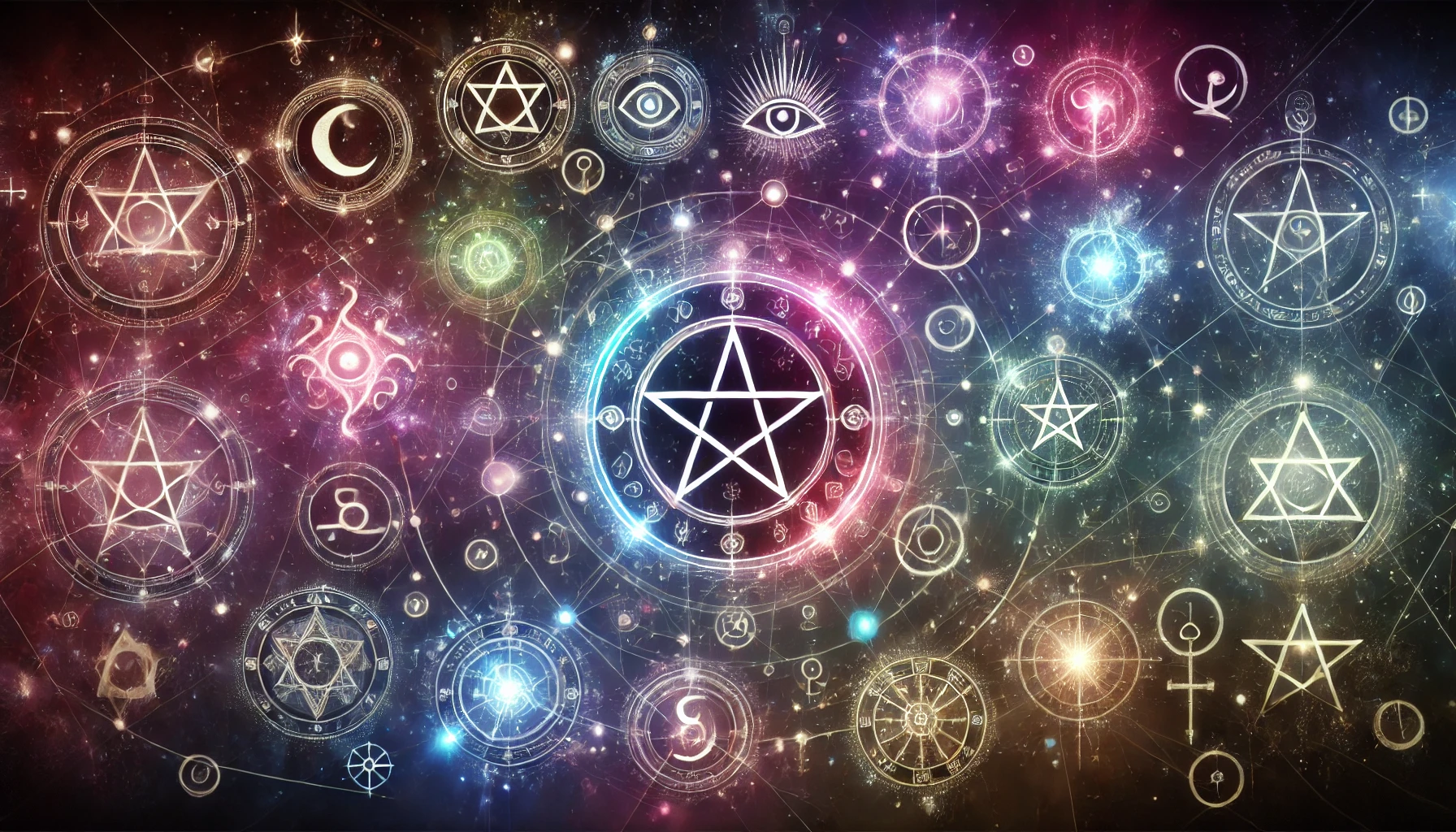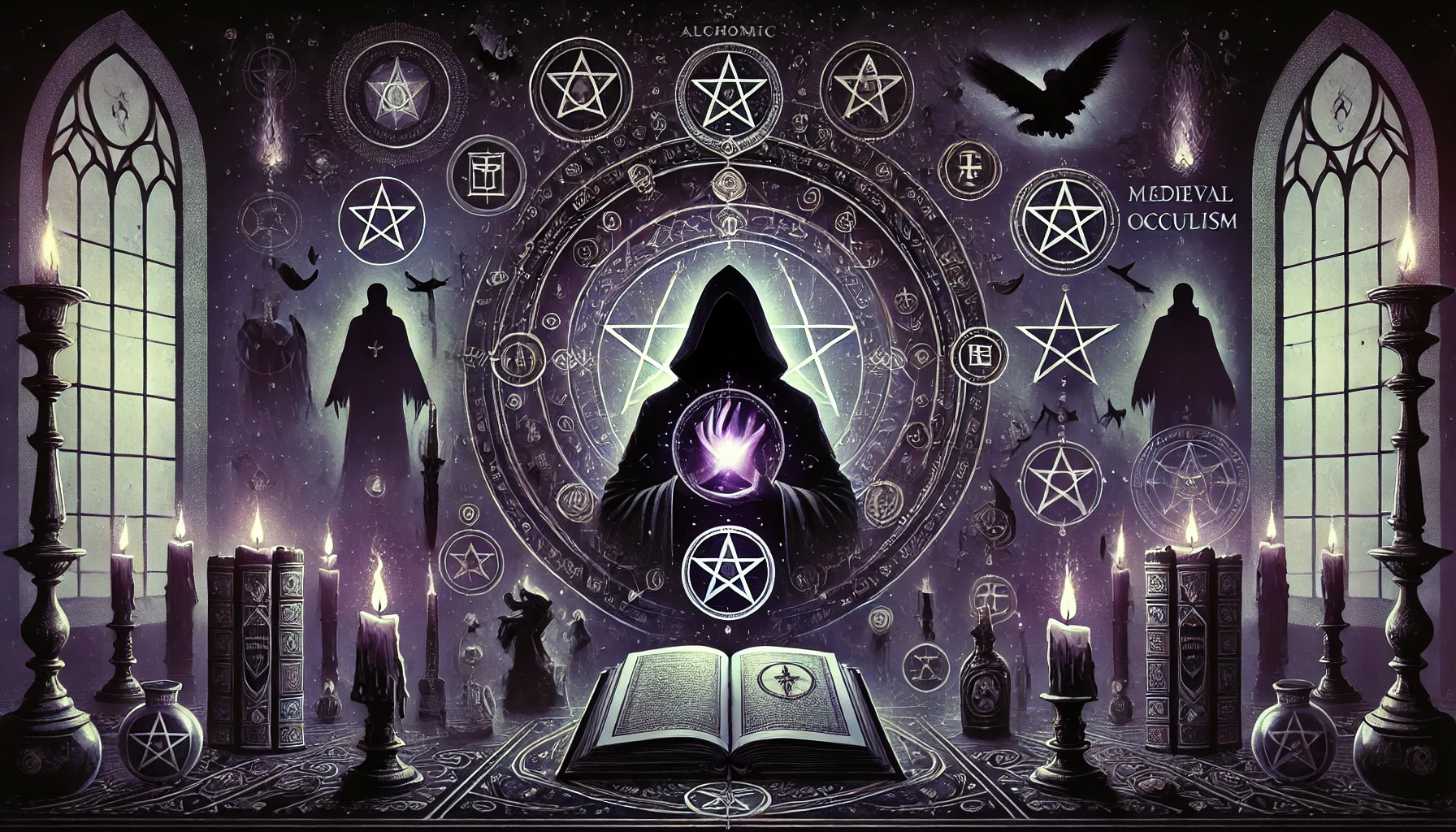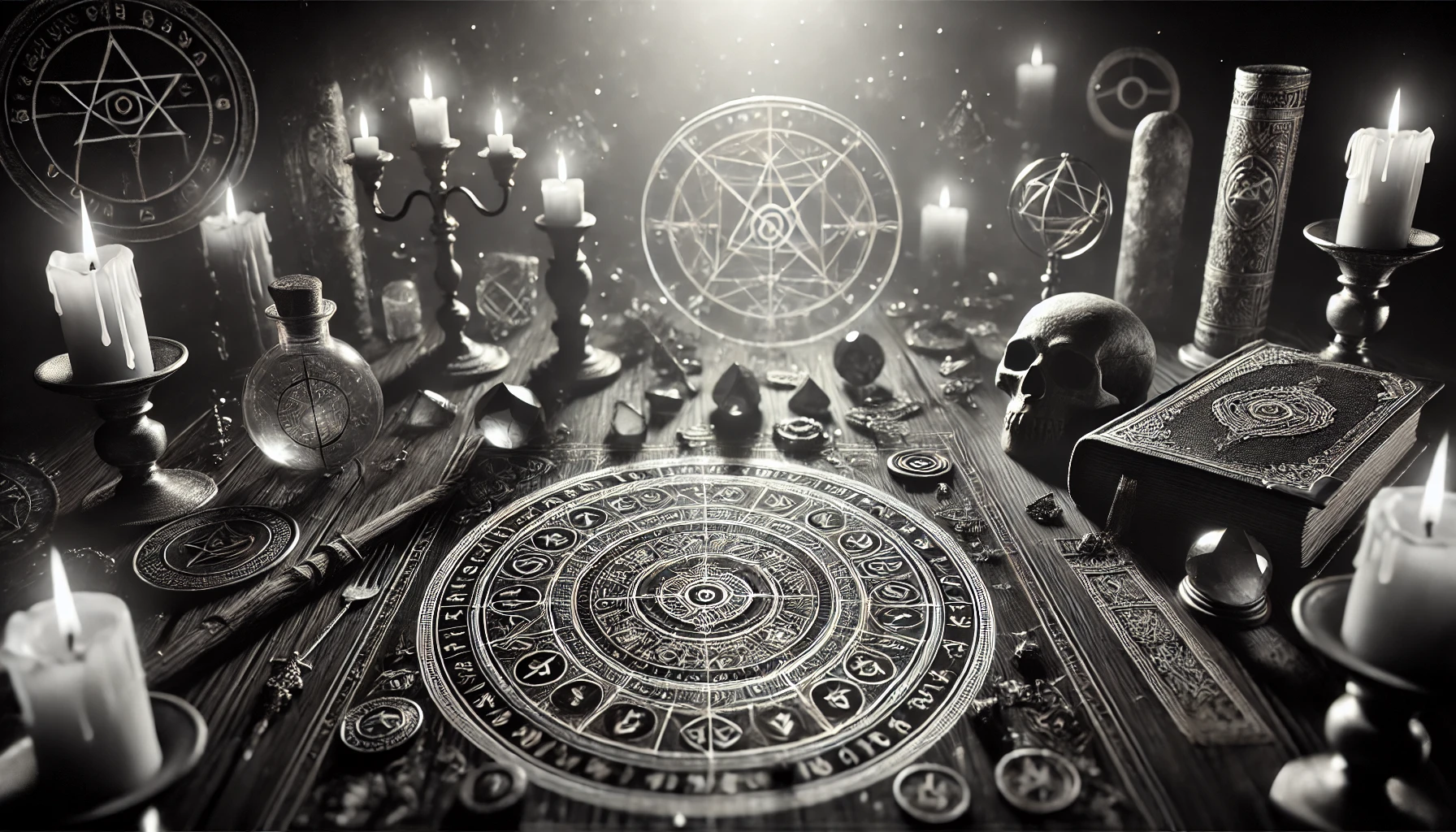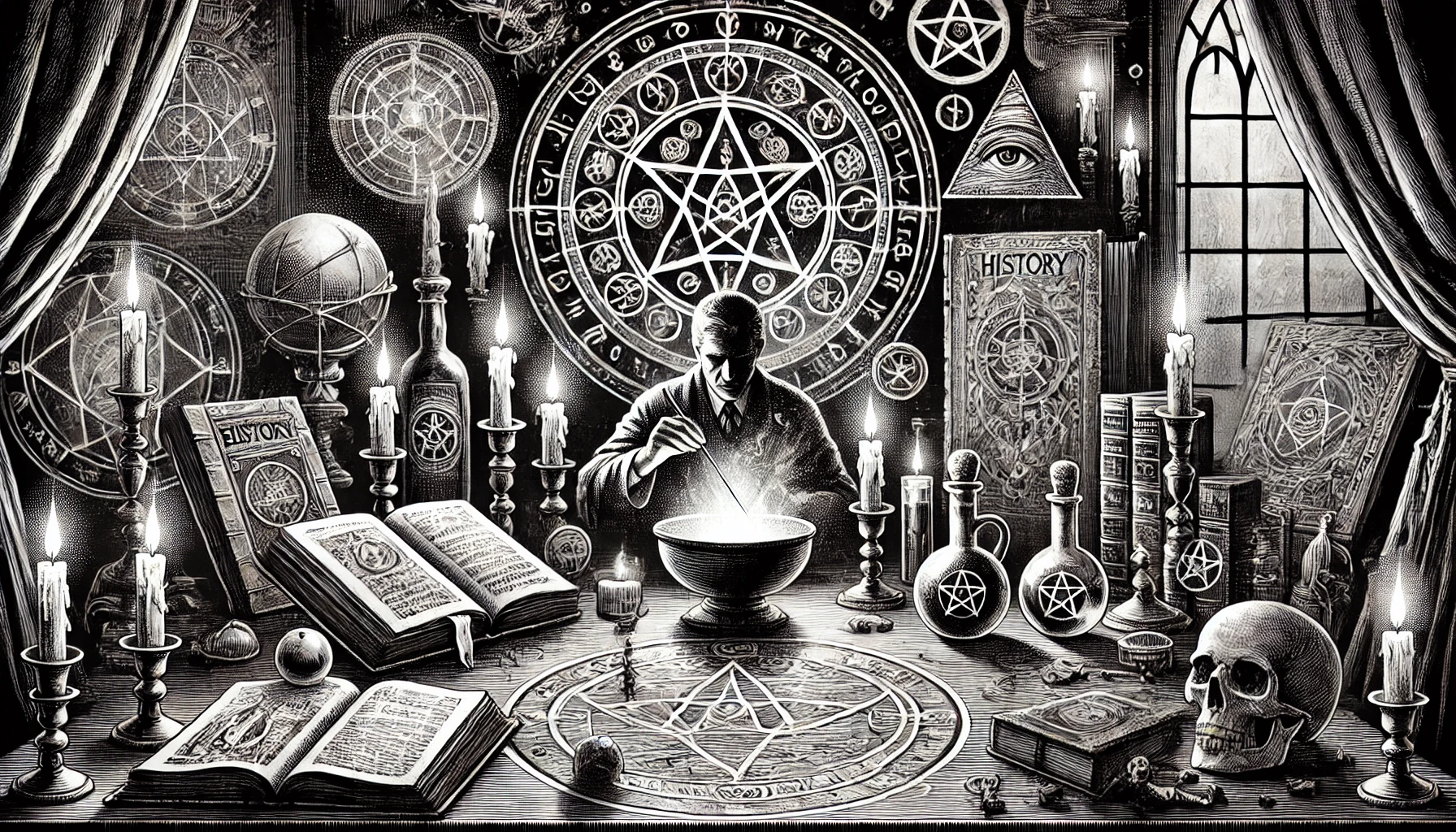Occult Practices and Esoteric Knowledge
-

What is the Astral Dimension?
The astral dimension is an energetic and spiritual plane that exists parallel to the physical world. It is also referred to as the astral plane, and is believed to be inhabited by subtle energies, entities, and beings that are beyond the comprehension of our everyday physical senses. Astral projection is a practice where one’s consciousness…
-

Kabbalah Magic (Practical Kabbalah)
Kabbalah, the mystical tradition of Jewish thought, has long been associated with profound spiritual insights and esoteric wisdom. Among its many dimensions, Practical Kabbalah—sometimes referred to as Kabbalah Magic is a branch that delves into the application of mystical knowledge for tangible effects in the material world. Unlike Theoretical Kabbalah, which focuses on the nature…
-

10 Occult Symbols and Their Meanings (Part 2)
Symbols have long been used as gateways to hidden knowledge, carrying meanings that extend beyond their visual representation. They serve as coded messages, spiritual tools, and markers of esoteric traditions—influencing everything from ancient mysticism and alchemical philosophy to secret societies and modern occultism. In Part 1, we examined five foundational occult symbols and their meanings—the…
-

10 Occult Symbols and Their Meanings (Part 1)
Symbols have long been used as a universal language to convey ideas beyond words. In occult traditions, symbols are not just artistic representations—they hold hidden meanings, acting as keys to esoteric knowledge, spiritual insight, and mystical experiences. These symbols appear in ancient civilizations, secret societies, religious texts, and magical traditions, often carrying layers of meaning…
-

Occultism in the Renaissance
The Renaissance, spanning from the 14th to the 17th century, was a period of profound cultural, intellectual, and artistic revival in Europe. It marked the transition from the medieval world to the early modern era, characterized by a renewed interest in classical antiquity, humanism, and scientific inquiry. Amid this flourishing of knowledge and creativity, occultism…
-

Medieval Occult Traditions
The medieval period, spanning roughly from the 5th to the late 15th century, was a time of profound religious influence, intellectual exploration, and mystical practices. While the dominant narrative of the Middle Ages often highlights the role of the Church and scholasticism, a rich tapestry of occult traditions flourished during this era. These traditions, encompassing…
-

Ancient Occult Practices and Their Impact on Modern Esotericism
The occult, a term derived from the Latin occultus, meaning “hidden” or “secret,” has fascinated humanity for millennia. Ancient occult practices, deeply rooted in the civilizations of Egypt, Mesopotamia, Greece, and Rome, reflect a profound attempt to understand and influence the world. These practices were not mere superstitions but were sophisticated systems of thought that…
-

The History of Occult Practices
The term “occult” refers to knowledge of the hidden or esoteric, encompassing a wide range of practices and beliefs that seek to uncover the unseen forces and mysteries of the universe. The history of occult practices is as old as humanity itself, deeply intertwined with religion, mysticism, and the quest for deeper understanding. Ancient Occult…
